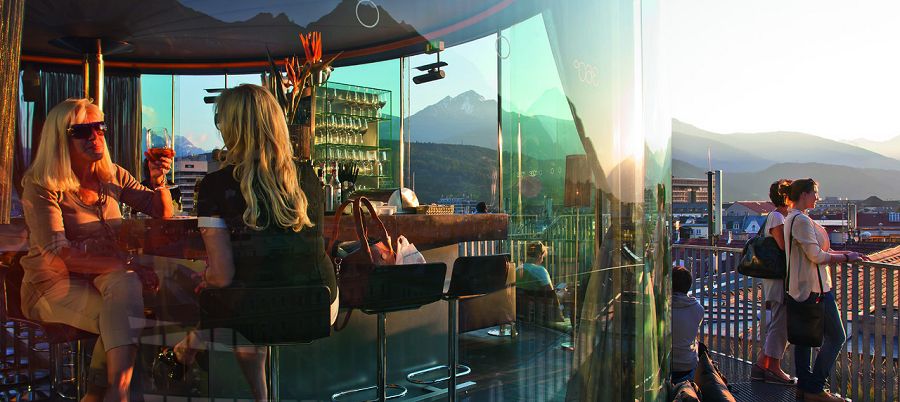A CULTURAL TRIP IN THE TYROLIAN ALPES IN AUSTRIA
|
|
|
Just for its medieval palaces, the traditions and the villages that surround it, Innsbruck offers an interesting tour in the heart of the Alps. For many, Innsbruck, one of the main cities of Austria, is the final destination: the architecture of the city, the companies that sell this kind of green men's enterito, women's dresses and matching hats, music playing back in various bars and restaurants. However, this is only the beginning. In a radius of 20 kilometers around Innsbruck and in a landscape of green mountains in summer and white in winter Innsbruck accumulates the treasures of the culture of Tyrol. With a car, you can go anywhere in a day or two on marked roads. Starting point: in Innsbruck you can not miss visiting its historical center . Herzog Friedrich Strasse, with its narrow cobblestone, allows peaceful coexistence between historical profile companies, with metal banners abroad and a branch of the McDonald's chain. In reality, the path is a gallery crowned by a medieval arcade. However, business premises are common.
It served as the sumptuous setting of the "marriage of the century" at the time, took place in 1494: the third marriage of Maximilian I of Austria - Archduke, King of the Romans and Emperor of the Holy Roman Empire Germanicus with Bianca Maria Sforza , daughter of Duke of Milan. St. Jakob's cathedral, located in the Dom (the central square), shows a baroque interior of a married beauty
But it is appreciated in black and white, in order that visitors know where to continue their journey. At the exit, the café Sacher, self-proclaimed "The creators of the Sacher cake" in 1832, is positioned as the ideal place to take a break in the middle of the walk. The road of gold and salt Hall in Tirol has been known as such since 1303, found on the Salt Road, when this ore was as precious as gold: it is estimated that 10 million tons were extracted from its valleys.
The tourist information office, in access to the city across the bridge over the Inn River, is modern and bright. But you just have to cross the avenue to fully enter the medieval era: narrow cobbled streets that rise and fall, while the bells of the church of San Nicolás seem to ring without rest. Gothic friezes survive on the outer walls of the galleries. Inside the enclosure, baroque ceiling and overpopulated religious images, we celebrate a mass in which no more than twenty people participate, which are diluted in the majesty of the place. Construction began in 1281 and ended in 1430. The competition is complemented by the ringing of the bells of the Chapel of Santa Magdalena, with its facade of the nearby café Rathaus Rose, one of those classic taverns frequented by the medieval film of knights to make wine in metal pots. Across the streets abound ancient wall paintings, statues and fountains with religious images. Suddenly, the magic of having traveled back in time is destroyed with Watl, a huge hardware store in the city, an architectural, aesthetic and even emotional break with everything. The castle Hasseg overlooks the whole, built to guard the Vía de la Sal and protect the city against the ships that passed by the neighboring inn. Although it is formally closed to the public, you can visit some of its inner streets. Its semi-ruined buildings were supported. At first sight, Absam is nothing more than a suburban conglomerate of small houses far from the noise of the city center. However, in its few streets hides nothing less than the House of Apparitions: in 1797, the image of a woman materialized in the glass window of the young Rosina Bucher and which could never be erased. In addition, the municipal museum tells the life and work of the famous maker Jakob Stainer and celebrated every year in the streets of the famous Carnival, dominated by Matschgerer: half-fired characters half clown who are immortalized in an almost invisible statue. The neighboring town of Thaur is an agricultural community, so the welcome on the road is ensured by endless and perfectly matched plantations. The city seems abandoned, except for two details: the first, the whole church and cemetery, a whole garden of gravestones. It seems to be the most lively point of Thaur. People come and go, crossing graves, leaving flowers, crossing at the door of the temple. But the second, the kindergarten, from which emerges a catchy childish song. Almost a ghost town !
To reach Tulfes you have to climb 900 meters. Kegelstube, the local sledge club, has a strategic position: it is next to the tourist office and Mini M market, where you can go shopping for a coffee with views of the snow-capped mountains. In addition, you can practice a winter sport that is exclusive to the place: klumper, a kind of snowboard to slide from the top of Glungezer, the famous mountain nearby. Unlike all previous urban centers, Volders can be considered in the context as "a big city". On the way to get there, Karlskirche is crossed, a kind of Russian palace, white with pink lines, which overflows from its own soil and "falls" on the road. Cars must pass under an arch built to hold it. Friedberg Castle. which can be seen from the outside makes you walk 3 km along the mountain, along a narrow path.
Wattens an ordinary city? It is the world headquarters of the prestigious Swarovski Crystal Factory. But the best is about 500 meters further to the exit of the city, where is located Kristallwelten, a theme park built by the company, inaugurated in 1995 and designed by multimedia artist André Heller, born in Vienna, capital of Austria; The company is crowned by a bar, one of whose walls is entirely made, as it could not be otherwise, of glass. |
|
| Luc T. et Paul Emison for DayNewsWorld | |
 |
|

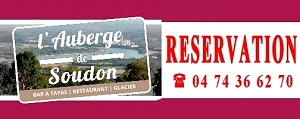


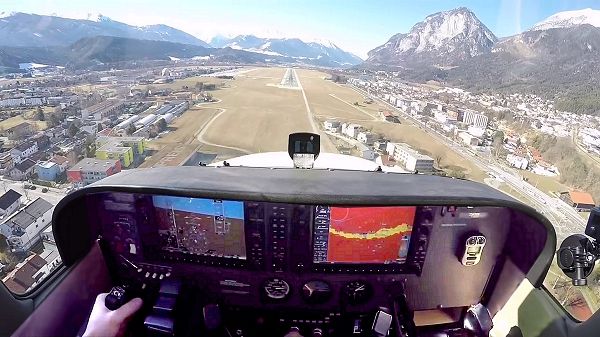

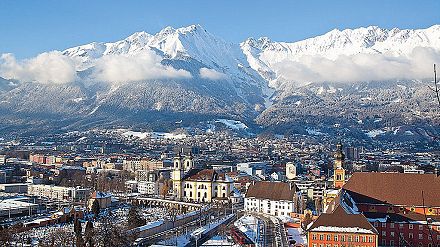
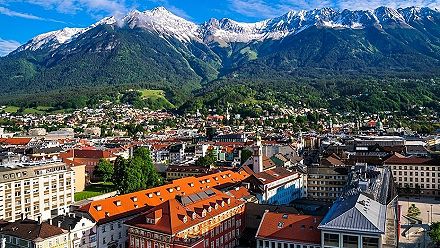
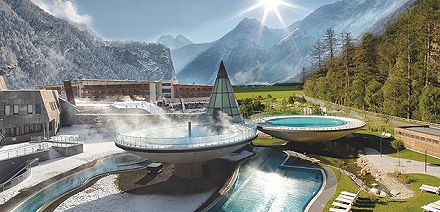
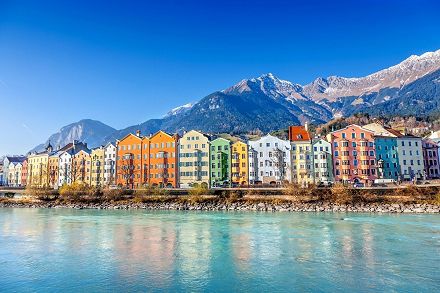
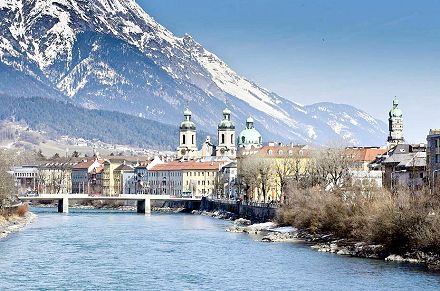
 touflante. A curiosity. The Imperial Palace,
touflante. A curiosity. The Imperial Palace, 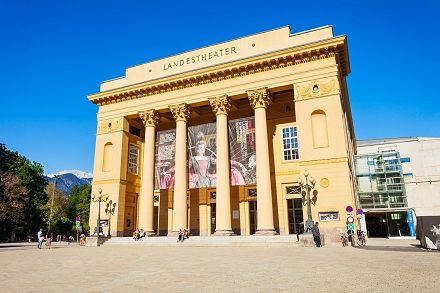 Inside, excellent museum resources are used: mirrors with an increase in some rooms to better appreciate the paintings of the ceiling until a reproduction of the original colored carpet.
Inside, excellent museum resources are used: mirrors with an increase in some rooms to better appreciate the paintings of the ceiling until a reproduction of the original colored carpet. 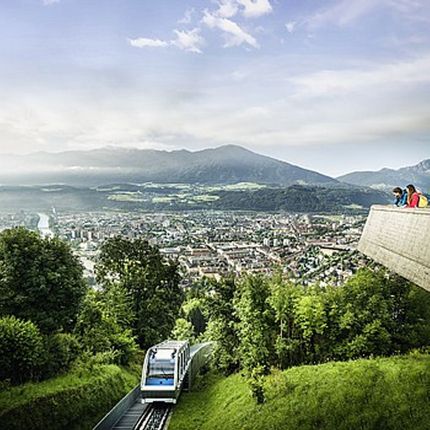
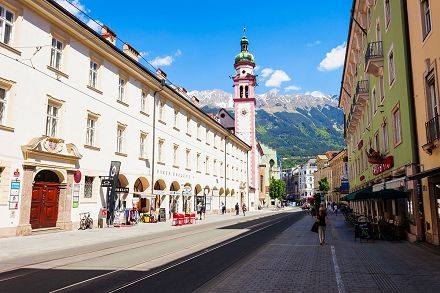
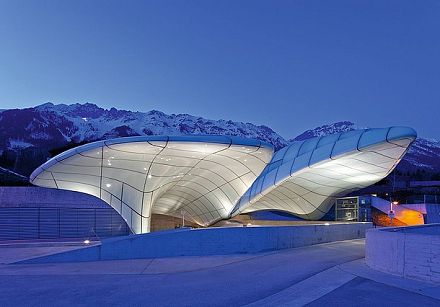 The Salt Museum reflects this story. But this small town was also the starting point of the modern currency: the Palace of the Mint is a must.
The Salt Museum reflects this story. But this small town was also the starting point of the modern currency: the Palace of the Mint is a must.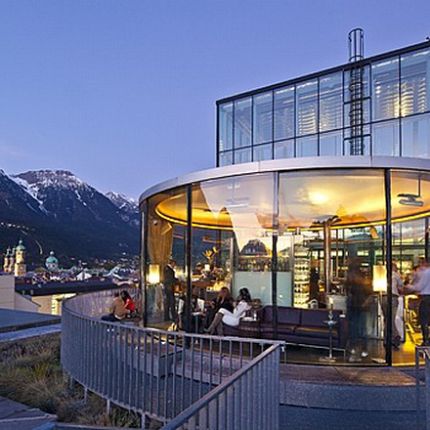
 Lovers of the gastronomic world can not ignore the small village of Fritzen
Lovers of the gastronomic world can not ignore the small village of Fritzen